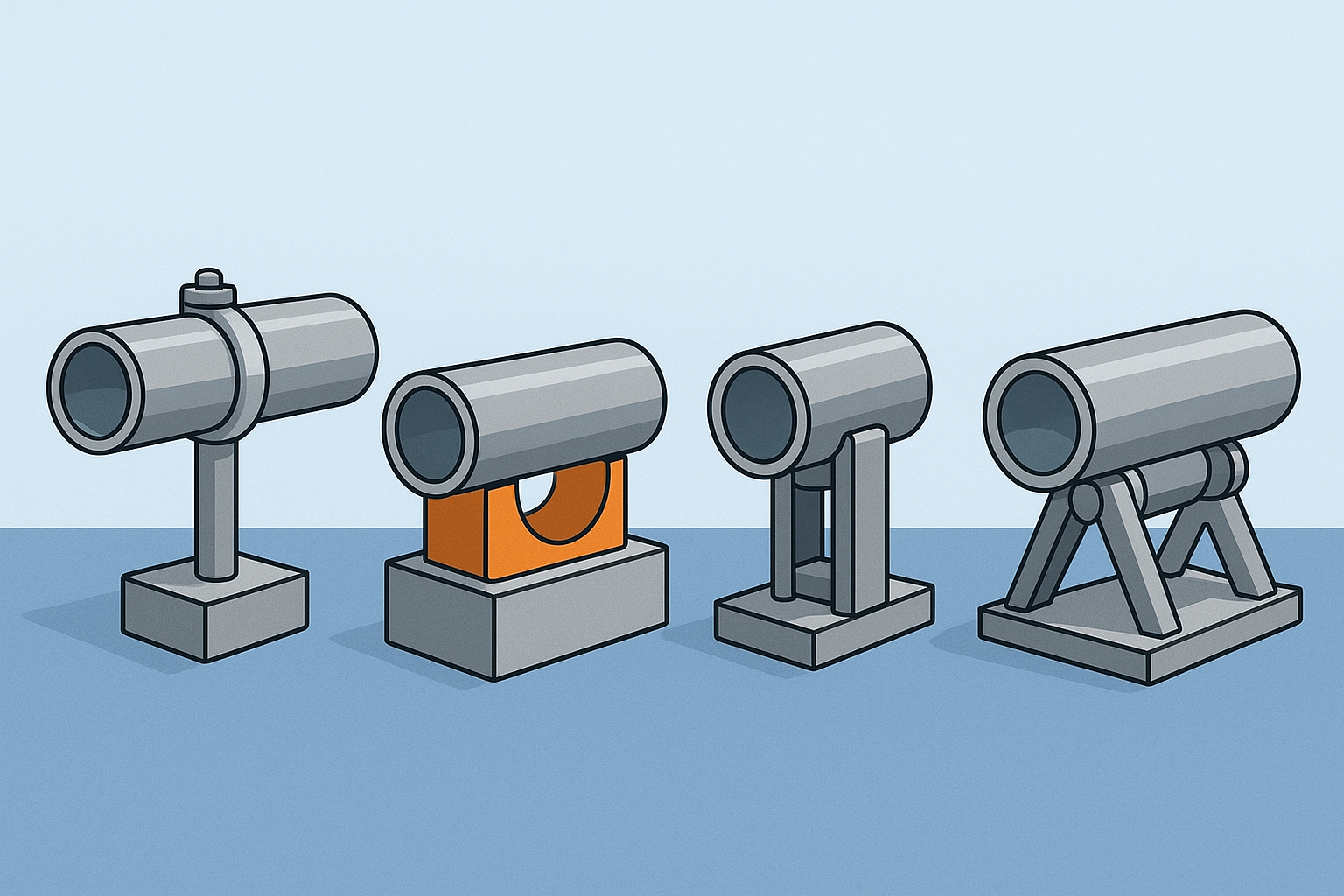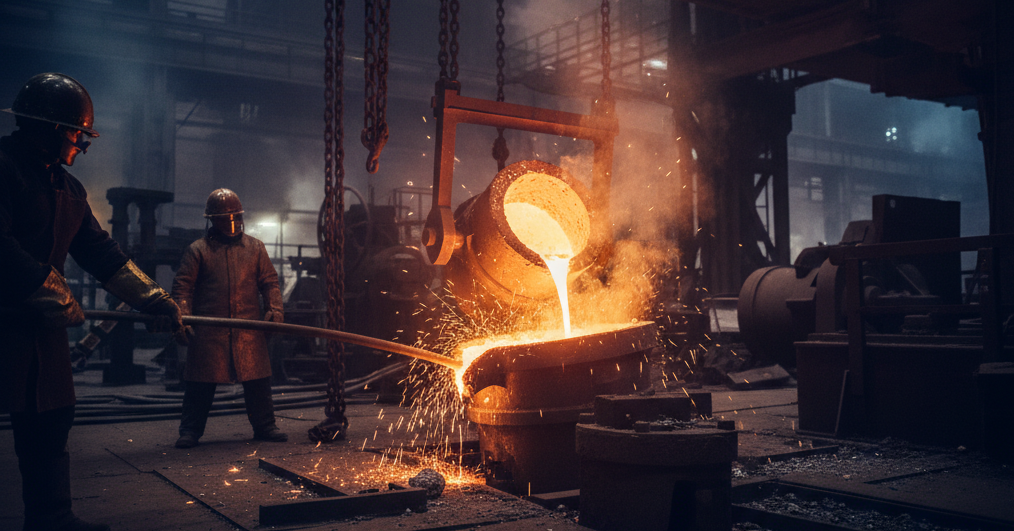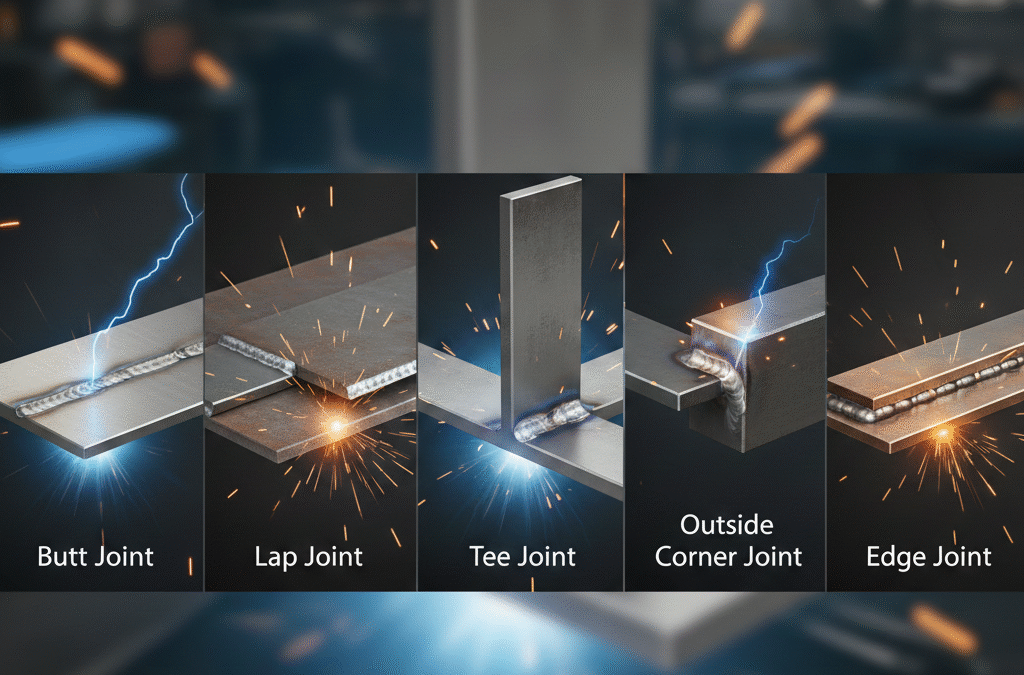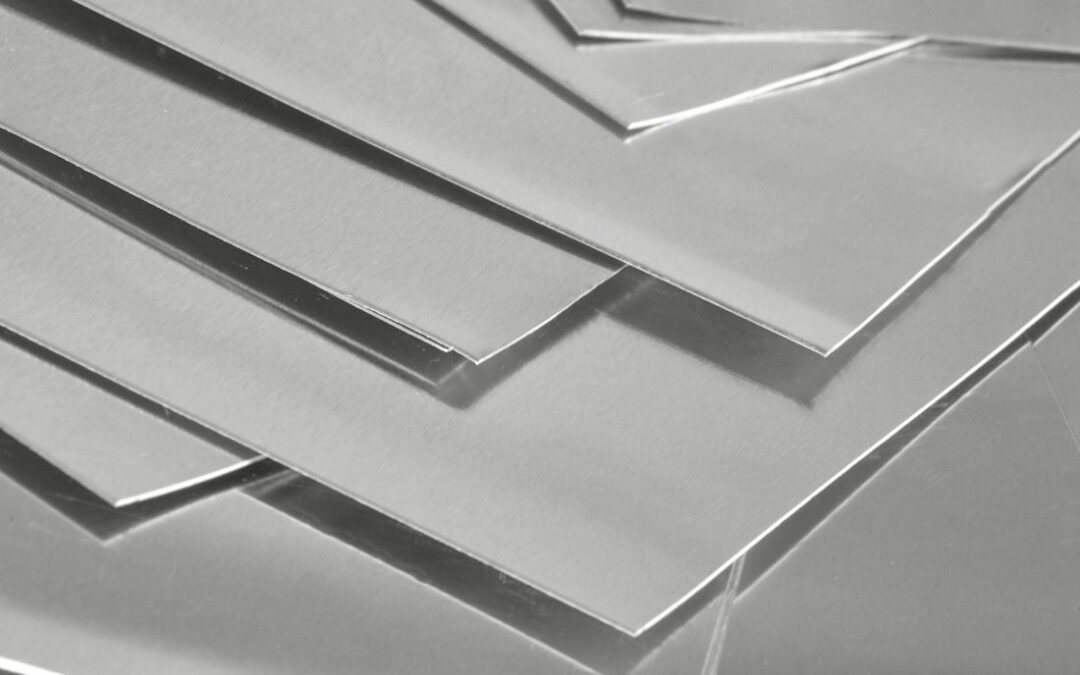
by user | Dec 13, 2025 | Blog
Pipe supports are vital to preserving the integrity, stability, and safety of pipe systems. A well-designed support system provides load distribution, vibration reduction, thermal expansion management, and equipment protection. Here are some of the most frequently...

by user | Dec 6, 2025 | Blog
These terms are commonly used in the fields of piping, welding, and mechanical engineering. Here’s a breakdown: ASTM (American Society of Testing and Materials) 🧪 Material standards and testing Definition of mechanical, chemical, and physical...

by user | Dec 3, 2025 | Blog
The melting point is the temperature at which a solid transforms into a liquid. This is commonly referred to as the melting temperature for metals, however it is determined by the metal’s atomic structure and chemical composition. Engineers and fabricators need...

by user | Nov 22, 2025 | Blog
A weld joint is a specific location or edge where two or more pieces of metal or plastic are joined together by welding. The American Welding Society recognizes five primary types of weld joints: butt, corner, edge, lap, and tee joints. Types of Weld Joints Butt...

by user | Nov 1, 2025 | Blog
After more than ten years of development, the manufacturing method for duplex stainless steel pipes has gradually matured, bringing the material from high-end to everyday uses. Given the relative cost, an increasing number of clients are opting for duplex steel over...

by user | Oct 11, 2025 | Blog
Sheet Metal Gauge Chart: 18 Gauge Thickness in MM When working with sheet metal, the term “gauge” refers to the material’s thickness or thickness range. However, persons unfamiliar with the gauge system may struggle to understand what a given gauge,...








